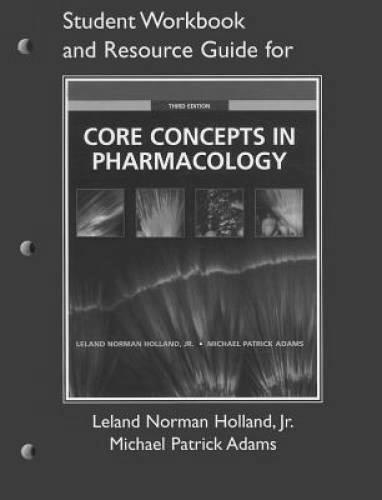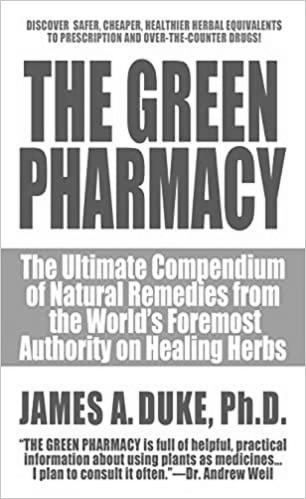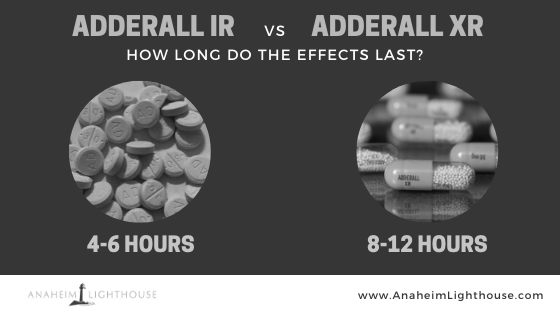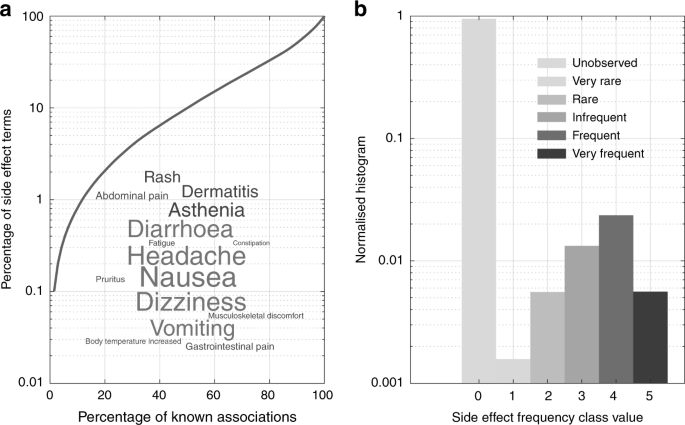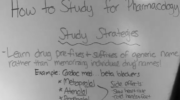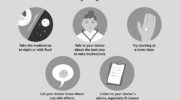To get a good handle on the subject, there are some resources available online. You can use tools like Anki to learn about pharmacology. Other good tools to learn about pharmacology include DDI and Katzung’s textbook. These are very useful for pharmacology review boards.
Anki
If you’re a medical student, you’ll be interested in Anki, the popular study tool. Its interactive approach makes it possible to learn about a wide range of medical topics quickly. One good example is pharmacology. A student of medicine at the University of Louisville School of Medicine uses Anki to study. He creates cards as he listens to lectures, and then swaps them with classmates before exams. A user can tag questions and cards so that he can refer to them easily.
The Anki(tm) flashcards are an effective resource for medical pharmacology education. The software is free and available on many platforms, including the iPhone. Focus groups and a cohort of preclinical graduate-entry medical students evaluated the resource’s utility in the learning process.
Anki has several good features that make it a good resource for learning pharmacology. One of the best Anki decks for this subject is the Sketchy Pharm deck. The author, u/NourishedStudio, developed this Anki deck to help students ace USMLE Step 1 and COMLEX Level 1.
DDI
The DDI website is a good resource to learn about a drug’s pharmacology. It is free and contains drug information on products marketed in the United States, including unapproved medicines and animal drugs. The site also includes a link to a tool called the Pillbox. With the help of this tool, you can identify a pill or tablet, and read information about its use, dosage, and side effects. The site also offers information on the storage and packaging of the drug.
The DDI corpus consists of documents from the DrugBank database and MedLine. These sources contain documents describing DDIs in both scientific and layman’s language. DrugBank documents are written in scientific language, whereas MedLine documents are written in the language of a package insert.
The DDI resource can be used to help healthcare practitioners stratify patients who are receiving multiple drugs. This can reduce unwanted side effects for patients.
Anki for pharmacology
Anki for pharmacology is a free educational program for studying the medical sciences. It allows users to create and access customizable pharmacology decks. Students can practice their knowledge on these cards and learn important facts more efficiently. The Anki for pharmacology decks are designed to cover key aspects of pharmacology.
The Anki for pharmacology flashcard decks were developed by using Bloom’s Taxonomy. Each flashcard contained a cloze sentence that tested the students’ recall and understanding of concepts. The students could also rate the difficulty of each card. The cards covered 15 core curriculum topics and 156 classes of drugs. Students were able to assess their understanding of the material and develop strategies to improve their performance.
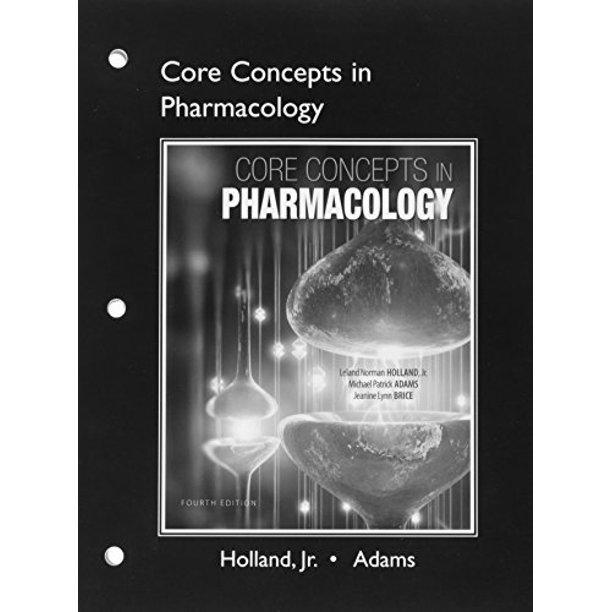
The Anki for pharmacology flashcards help students study difficult pharmacology concepts in a simple way. The flashcards also provide diagrammatic references, which may help students learn more efficiently. The Anki for pharmacology flashcards are free and available on various platforms, including the iPhone. They were evaluated using a cohort of preclinical graduate entry medical students.
Katzung’s textbook
If you’re taking a pharmacology course or want to know more about the subject, Katzung’s textbook can help. The book is over 600 pages long and covers major topics in the subject. It also includes practice questions and answers, along with a section that includes tips and insights from real professionals in the field. It’s one of the most comprehensive books on the subject and is perfect for the busy medical student.
The textbook is authored by Bertram Katzung, an experienced teacher of pharmacology. He has been teaching pharmacology for decades and is currently a professor of Molecular and Cellular Pharmacology at the University of California. The textbook is easy to read and features numerous diagrams that make it easy to understand. The chapters are short enough to help students gain basic understanding, while still being detailed enough to be used as test prep. It’s available for the USMLE, and is priced reasonably.
This text is written in an easy-to-read style, making it suitable for students with no background in pharmacology. It covers all the basics and systems of pharmacology in simple language. The book also provides detailed information on various organs and their functions.
NLM Drug Information Portal
The National Library of Medicine (NLM) Drug Information Portal is an excellent resource for learning about pharmacology and drugs. This resource gathers information from multiple government agencies in one convenient location. It also features a search engine and a variety of resources that focus on pharmacology, biomedicine, and consumer health.
A search on the NLM Drug Information Portal will return results with drug names and descriptions. The name is the official generic name, and the description is typically from the “Note” field of the NLM MeSH file. The information will be displayed in a new window.
MICROMEDEX is another good resource. It is a database containing evidence-based drug information and clinical information. There are also various drug databases, including Martindale and the Physician’s Desk Reference. You can search for drugs by trade name, generic name, and street name, and get information about their uses, interactions, and more. You can also find useful information about poison control and drug interactions. The site includes all FDA-approved drugs, including over-the-counter medications.
Sketchy
Pharmacology is one of the most important subjects in medicine, as it affects many of the body’s biological systems. As such, it is crucial for medical students to study pharmacology. Luckily, there are many study aids to make learning about medications easier. One such aid is Picmonic, which makes studying drugs fun and interactive. It features core principles, medication classes, indications, side effects, and contraindications. With its help, students can improve their knowledge and perform better in exams.
Lippincott’s
For the most part, Lippincott’s Pharmacology resource is a useful, concise textbook. It offers a comprehensive overview of the field, with a wealth of illustrations and diagrams to help students understand the subject. The book has been in print for six editions, and is a popular resource for visual learners. However, many teachers feel that the book is too basic and oversimplified.
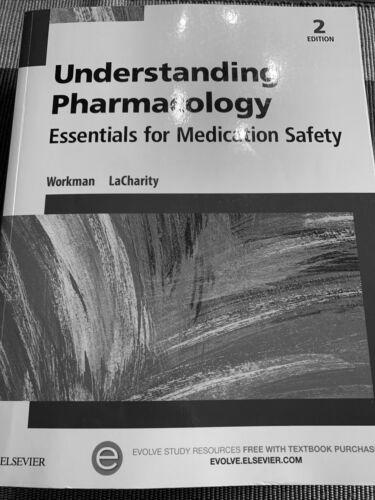
The book covers traditional pharmacology textbook topics, but it is noteworthy that eight of the 48 chapters are brand-new. The illustrations are particularly clever, and the book offers a good overview of important drugs and their clinical background. Though it may not be evidence-based, this resource is a great choice for students and medical professionals looking for a comprehensive pharmacology resource.
The best way to learn pharmacology is to begin by becoming familiar with the basic principles and mechanisms. You should also know basic anatomy and physiology to better understand the actions of drugs. The first chapter of any pharmacology textbook will give you a basic anatomy and physiology lesson. This will help you understand the mechanism behind the actions of drugs.
Organizing pharmacology documents
Pharmacology is a branch of science that deals with the study of drugs. It studies how different chemicals affect biological systems and is a fundamental part of the study of medicine. Pharmacology also includes a variety of related disciplines such as pharmacodynamics and pharmacognosy. Pharmacokinetics studies how a drug affects the body, such as the absorption, metabolism, and excretion of a drug.
Pharmacology is a broad subject, ranging from the study of herbal substances to the use of pharmaceutical drugs. While pharmacology is the study of drugs, it is also a fundamental part of medicine, biology, and experimental sciences. In addition to drug research, pharmacology is an important theoretical framework for the use of therapeutics.
Using flashcards
If you’re an undergraduate student, you’ve probably considered using flashcards to start reading pharmacological texts. Pharmacology is a difficult course, requiring hundreds of hours of study. The subject is vast, with all kinds of drugs and side effects, as well as the potential for interactions. Because of this, it’s important to develop a study strategy that’s effective for your needs. For example, if you’re learning antibacterial drugs, using a drug-by-drug approach isn’t going to work.
Using flashcards to start reading a pharmacology textbook is a great way to help yourself remember the names of medications, their dosage, mechanism of action, and other information. This method will help you retain the information, and will make studying for pharmacology more enjoyable. Additionally, you can bring the cards with you wherever you go to review them.
You can also use a drug card set to help you study for the USMLE. This contains 230 cards that compare various drugs, their mechanisms of action, and their indications and contraindications. The drug cards include detailed information, as well as links to drug information. To make these cards more effective, you can also use a text expander program to make them more easily readable.
When using flashcards to start reading pharmacological texts, use high-yield concepts. You should spend about 80 percent of your time learning high-yield concepts. The remaining 20 percent should be devoted to less-interesting topics. For example, study the names of common pediatric and adult vaccines.
Another way to start using flashcards is to make your own. There are many online resources that offer premade pharmacology flashcards, such as Brainscape and Anki. If you prefer to use paper cards, you can make your own, or search for them on Google or Pinterest. You can also use Anki to create mnemonics, but it’s important to choose these resources wisely. And keep in mind that learning pharmacology will take time.

Using Anki
Using Anki can help you save time, and the community decks available online are a great resource. You can find a deck that will help you with specific content, or you can create your own. If you’re a medical student, you can also find tips and tricks for using Anki in your medical school coursework.
Anki’s spaced-repetition flashcards are ideal for medical pharmacology teaching. These flashcards are designed to reinforce foundational knowledge, check for understanding, and provide immediate feedback. They are also designed to cover a wide variety of curriculum material.
Pharmacology is a difficult subject to learn. Students often find it difficult to digest the vast amount of information they need to know. There are numerous free resources that help students memorize the most relevant and important facts. These resources include an ANKI deck authored by faculty members that summarizes the core concepts of distinct pharmacological drug classes.
You can start by creating a few Anki cards per lecture. You can then increase your cards as you learn more about the material. Ideally, you should create between ten and twenty Anki cards per lecture. Remember to start with big concepts, and then narrow your focus as you progress. By using the spaced repetition feature of Anki, you can learn more quickly and retain more information.
In addition to using Anki to start reading pharmacology, you can use a textbook alongside your computer to review key information. You can then use Anki to review and practice recalling this information. You can also include the source of your knowledge on the answer side of the card, such as the book page number.
Using visual presentation
Using visual presentation to start reading pharmaceutical content is a great way to improve recall and ease the learning process. It helps to have a concrete picture in your head of how a drug works, which makes it easier to remember. You can find free pharmacology flashcards and guides on the internet. But, the real trick to remember pharmacology is to choose your resources wisely.
First, you should choose a study environment that is conducive to concentration. It is also important to have other people around to help you learn the facts. In pharmacology, studying with a partner or a group of people will help you focus and learn facts together.
Second, remember that pharmacology is a complicated subject. You will learn about hundreds of drugs, diseases, and conditions. If you try to learn everything at once, you may become confused and overwhelmed. In order to succeed, you should invest in learning tools and techniques that will lock the facts into your long-term memory.
The second strategy involves using visual presentation to make learning easier. The use of infographics can help you learn more efficiently by breaking down complex learning material. For example, infographics can help you learn how to recognize the characteristics of a particular drug, its mechanism of action, and its adverse effects. You can also use infographics to explain complicated concepts like the class of a drug.
A good visual presentation can help you remember key points and make it easy to understand the content. Make sure to choose images that are clear, authoritative, and visually stimulating. In addition, avoid using too many visuals in a single presentation.
Studying with a de-stressed mind
Pharmacology is a diverse subject with many different sub-disciplines. Topics you’ll cover include human metabolism, intracellular regulation, and neuropharmacology. As an added bonus, pharmacology also provides an excellent background for those who want to pursue a career in medicine.
